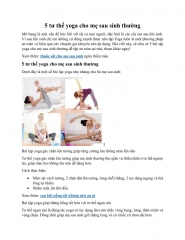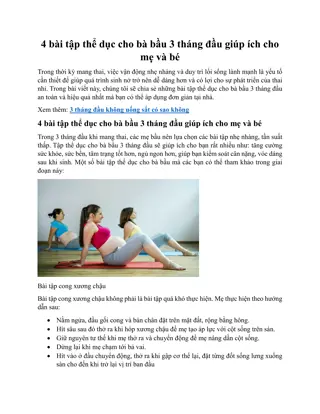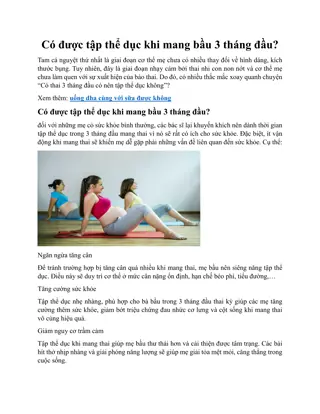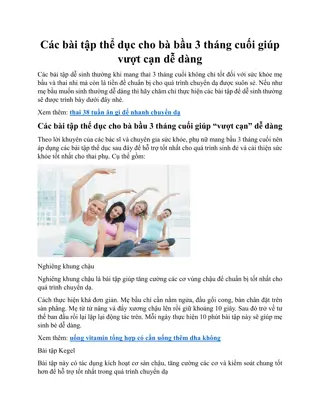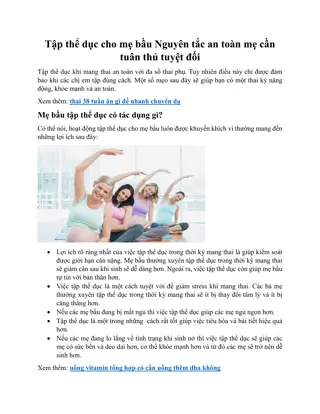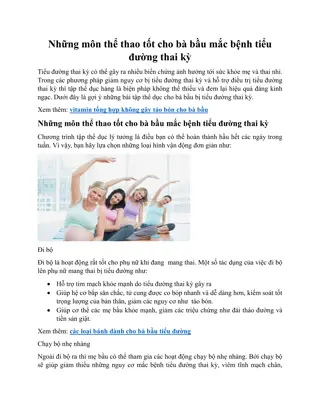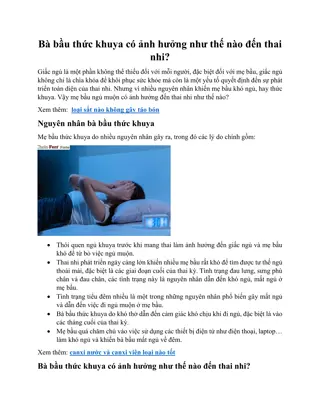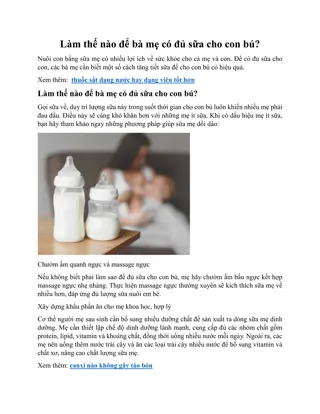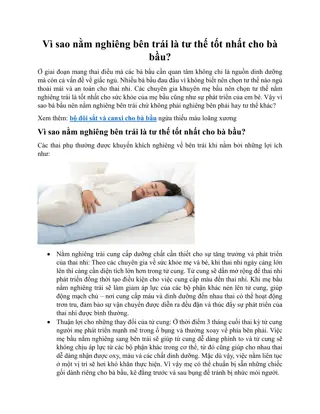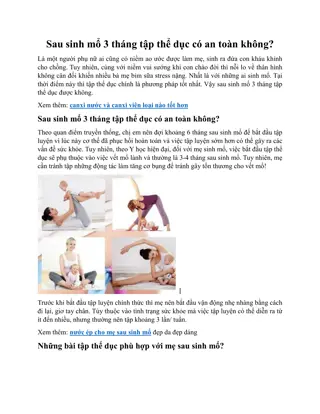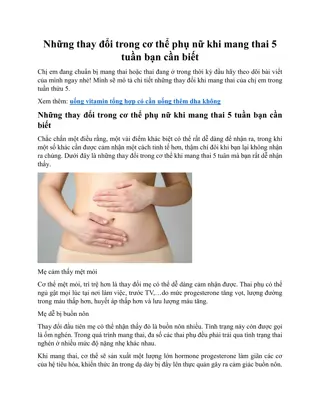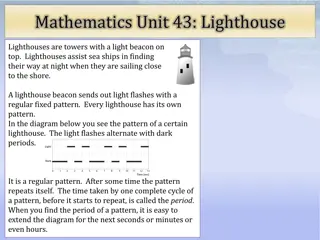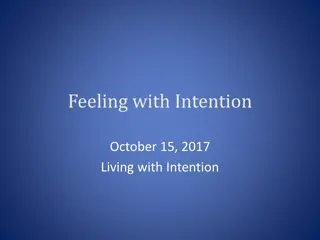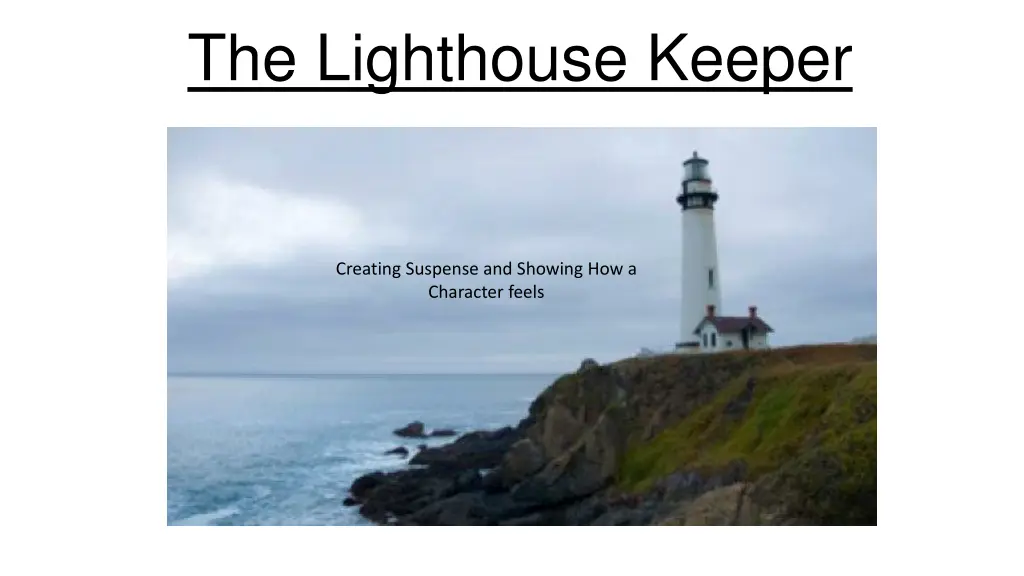
Crafting Suspense and Emotions in The Lighthouse Keeper
Explore an analysis of a film scene featuring the lighthouse keeper, focusing on creating suspense and depicting emotions. Delve into the character's mood, his writing activities, reactions to imminent danger, and the use of descriptive writing techniques to convey feelings without directly stating them.
Download Presentation

Please find below an Image/Link to download the presentation.
The content on the website is provided AS IS for your information and personal use only. It may not be sold, licensed, or shared on other websites without obtaining consent from the author. If you encounter any issues during the download, it is possible that the publisher has removed the file from their server.
You are allowed to download the files provided on this website for personal or commercial use, subject to the condition that they are used lawfully. All files are the property of their respective owners.
The content on the website is provided AS IS for your information and personal use only. It may not be sold, licensed, or shared on other websites without obtaining consent from the author.
E N D
Presentation Transcript
The Lighthouse Keeper Creating Suspense and Showing How a Character feels
Watch the film until the lighthouse keeper closes the window. Think about these questions: What sort of mood is the lighthouse keeper in? Why do you think he s in this mood? What do you think he s writing? Could it be letters? If so, who to and what is he saying? Or could it a be a diary? What could he be writing in it? Why does he shut the window? Record your ideas in your book so you can look at them another time. (you don t need to write out a full letter or diary entry just ideas for what he could be writing)
Watch the next part of it up to the bit where the lighthouse keeper starts to rush downstairs. How do you think the lighthouse keeper feels when he hears the ship coming? How do you know? If you were to write how he feels using show not tell you might write; Fronted adverbial In the distance, a foghorn sounded. The lighthouse keeper gasped in horror. A boat was approaching! I did not say The lighthouse keeper felt scared or The lighthouse keeper was terrified. I also used short sentences to increase the level of suspense and drama. As you know, it is usually more effective when an author shows how their character is feeling through the way they act rather than simply describing their feelings.
Now lets have a look at the same part of the film again. Were going to write 4 sentences to show how the lighthouse keeper feels until he decides to go downstairs. So that s when he first hears the ship approaching; when he lifts the lamp off the stand; when he breaks the lamp and when he hears the ship s horn for a second time. First, let s think of some fronted adverbials (or other exciting openers) that we could use to open our sentences. I ll start you off and then I d like you to time yourself for two minutes by playing the video in the corner of the screen. See how many you can write in that time. In the distance, Out at sea,
What did you come up with? Here s a few more to help if you couldn t think of too many In a panic, His chest tightening, Stumbling backwards, Approaching from the West, Looming out of the fog,
Now, lets have a think about the rest of the sentences. What vocabulary/exciting phrases could we use? If you have a thesaurus, use it to find some good words for example, if you were going to write loud you could look it up in your thesaurus and find a more exciting word like deafening instead. Spend a few minutes (no more than 5) thinking of possible vocabulary or exciting phrases that you could use. You could talk to an adult or older sibling if anyone is free. For example: If you do come up with some exciting vocabulary, it would be great if you could share it with me on Tapestry so I can make a list to share with everyone. deafening roar panic-stricken an overwhelming sense of dread Try to think about what happens to people when they feel scared. Stumbling backwards
Now try writing your 4 sentences (or groups of short sentences) . Watch the film again and remember the 4 sentences you re writing are; When he first hears the ship approaching When he lifts the lamp off the stand When he breaks the lamp When he hears the ship s horn for a second time. Don t forget to try using different openers like fronted adverbials or verbs like Stumbling backwards over his tool box, Try to use some exciting conjunctions whilst, because, so that, even though, as

